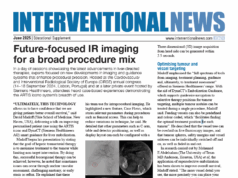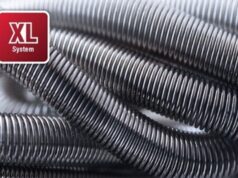 A recent study has shown sustained pain relief and improved tendon function following transcatheter arterial micro-embolization (TAME) in patients with Achilles tendinopathy; however, superior success rates were observed in patients who engage in recreational exercise compared to competitive athletes.
A recent study has shown sustained pain relief and improved tendon function following transcatheter arterial micro-embolization (TAME) in patients with Achilles tendinopathy; however, superior success rates were observed in patients who engage in recreational exercise compared to competitive athletes.
The retrospective analysis evaluated the short- and mid-term clinical outcomes in 82 patients diagnosed with Achilles tendinopathy who underwent TAME with imipenem cilastatin. Lead investigator Jia Cheng Yuan (University Hospital of Cattinara, Trieste, Italy) defined the research team’s focus as pain reduction and functional improvement at this year’s European Conference on Embolotherapy (ET; 11–14 June, Porto, Portugal).
TAME was performed via an ipsilateral antegrade femoral approach and patients were evaluated for all target branches of the posterior tibial artery and peroneal artery.
Using the Numerical Rating Scale (NRS) to assess pain, Yuan shared that 67 out of 82 patients achieved a ≥50% improvement om symptoms at 12 months post procedure. The mean baseline Victorian Institute of Sports Assessment Achilles (VISA-A) score was 48.4±19.1, which improved to 76.9±17.4 and 82.2±17 at six and 24 months, respectively.
In subgroup analyses carried out by Yuan et al, superior success rates were noted among recreational athletes (87.5%) following TAME compared to competitive athletes (61%). When stratified by technique, Yuan et al found that super-selective embolization had a success rate of 84.5%, compared to 63.6% for embolization from the main trunk.
Regarding the superior success rates in recreational athletes, Yuan explained that: “Those that compete at a high level seek to go back to training as soon as possible, while the recreational athletes have the privilege of rest after their treatment. These findings support TAME as a viable option that offers these patients a potential pathway to recovery and restored activity levels,” said Yuan.












